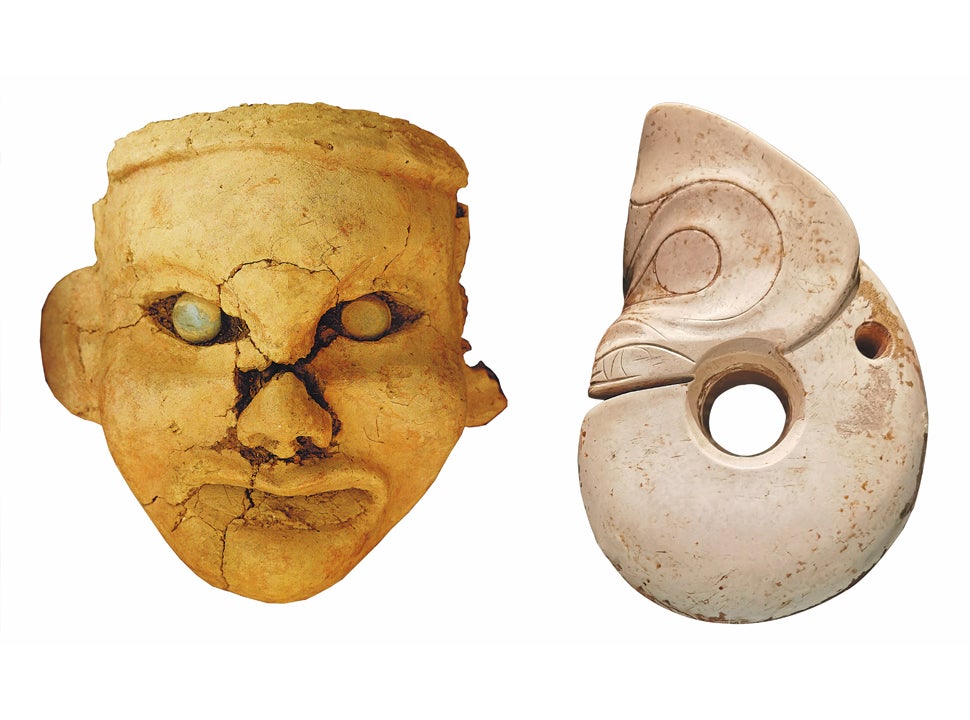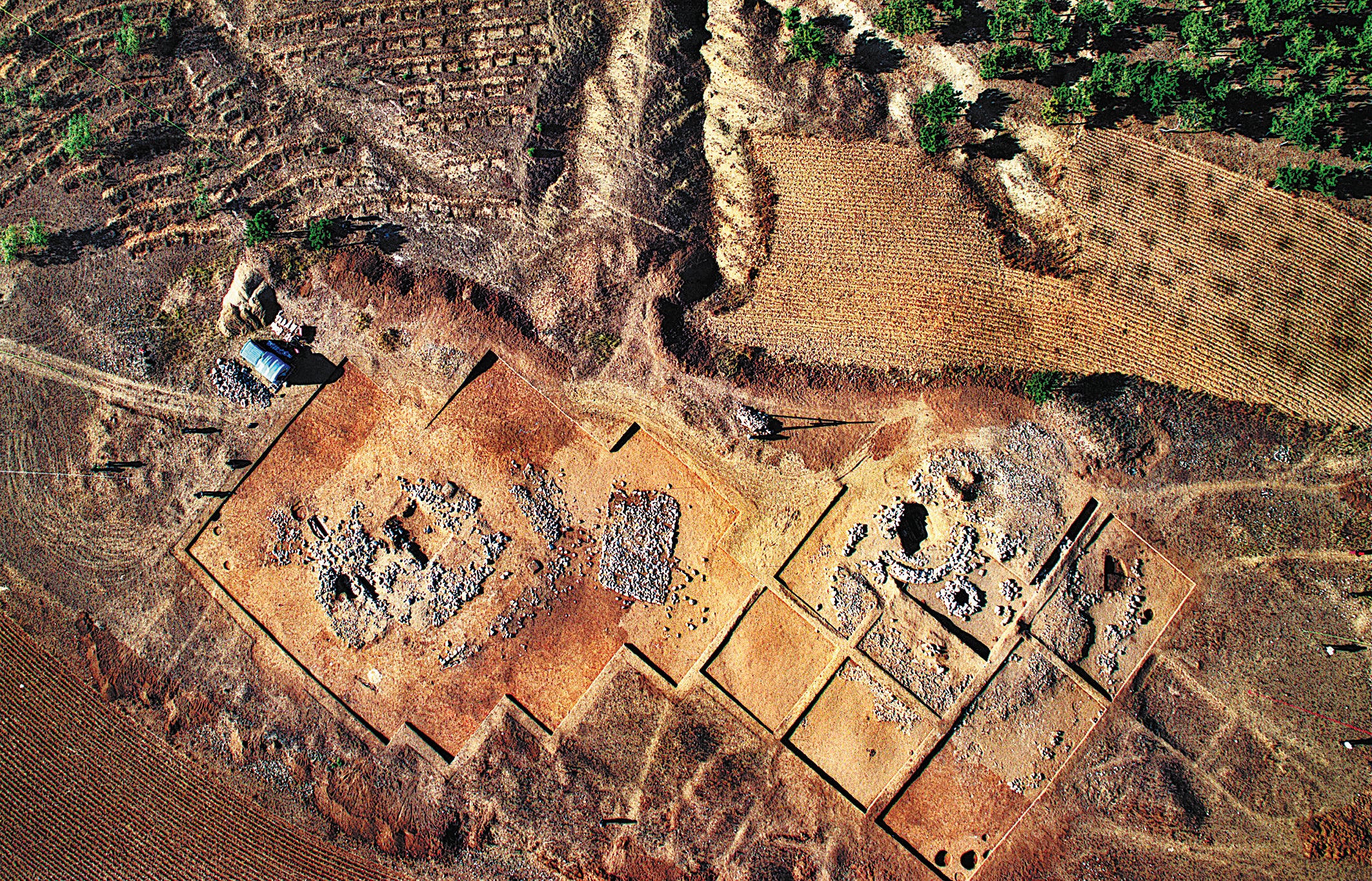Jade carvings echo through history
THE ARTICLES ON THESE PAGES ARE PRODUCED BY CHINA DAILY, WHICH TAKES SOLE RESPONSIBILITY FOR THE CONTENTS

Imagine a mystic aura, lost temples and obscure belief systems. Many unknowns remain sleeping underground in this archaeological site in Northeast China, but scholars’ efforts in past decades may provide the key to decode a puzzle from the earliest days of Chinese civilisation.
In 1983 the ground-breaking discovery of a life-sized head sculpture of a goddess at the Niuheliang archaeological site, which dates back 5,000 to 5,500 years, in Chaoyang city, Liaoning province, stunned the world.
Despite some missing parts, the sculpture, found in the ruins of a temple, is beguiling. She has a straight fringe and sideburns, high cheekbones, a wide mouth and round ears. The corners of her eyes are raised upward, and her sparkling eyes, her most impressive feature, are made from round stones as lucent as jade. The face had originally been painted red, though it has faded over time.
It presents the image of a fit, trim, gentle, though strong-minded, figure and the late archaeologist Su Bingqi (1909-97), described her as nothing less than “the foremother of the Chinese nation”.
The discovery at the Niuheliang site shook a long-standing, widely held idea that Chinese civilisation developed in the Central China Plains, along the middle and lower reaches of the Yellow River.

Starting with Niuheliang, later archaeological findings across the country seemed to gradually support Su’s argument that Chinese civilisation was inclusive and cohesive when it was formed, like numerous tributaries merging into one great river.
“Something worth noting about Niuheliang was its high level of social stratification and the hierarchal system embodied in both the architectural layout of ritual sites and the use of jade,” says Guo Dashun, honorary director of Liaoning Provincial Institute of Cultural Relics and Archaeology.
“In later generations both found their inheritance in the core Confucian concept of li [ritual], which lasted throughout ancient Chinese history.”
The sacrificial altar and rubble-mound tombs are located in the southern part of the site, and the goddess temple is at its northern end. The temple is rectangular, and the altar is round and three-tiered. The whole layout is symmetrical with a central axis.
In the graveyard, major tombs were located at the centre of the northern area, with smaller ones distributed to the south, suggesting the concentration of power, says Guo, who led excavations in Niuheliang in the 1980s.
High-level tombs were buried with only jade items – no painted pottery – that were specifically designed for pursuing a spiritual life. In the eyes of archaeologists, the quality and quantity of these accessories revealed the high social status of the owners.
With the diversified shapes of jadeware, what fascinates modern people most about it are those items in the shape of dragons, the representative totem of traditional Chinese culture, conveying a sign of power and auspice. Its chubby form was believed to be based on the figures of the swine or the bear.
The Niuheliang site is pivotal for studies of the Hongshan culture, a key Neolithic culture in China that spread to parts of today’s Inner Mongolia autonomous region, as well as Liaoning and Hebei provinces.
A new round of excavations began in 2020, and last year archaeologists discovered a symmetrical stone platform on the mountain, well-equipped drainage facilities and more relics used in ritual activities.
The man-made stone platform stretches southward and encloses the site of the goddess temple. Ramps, symmetrical, water-retaining, curved stone walls and drainage ditches were also discovered opposite the temple, all of which are the earliest relics of their kind unearthed in China.
As a result, the focus of this year’s work is to confirm whether or not the goddess temple was part of a larger architectural complex and to further explore the ritual system, says Jia Xiaobing, a researcher with the Institute of Archaeology at the Chinese Academy of Social Sciences, and the person in charge of the ongoing excavation.
“It may be a breakthrough to understand the social nature of the Hongshan culture,” he says.
Wu Yong and Zhang Tongtong contributed to this story

Bookmark popover
Removed from bookmarks